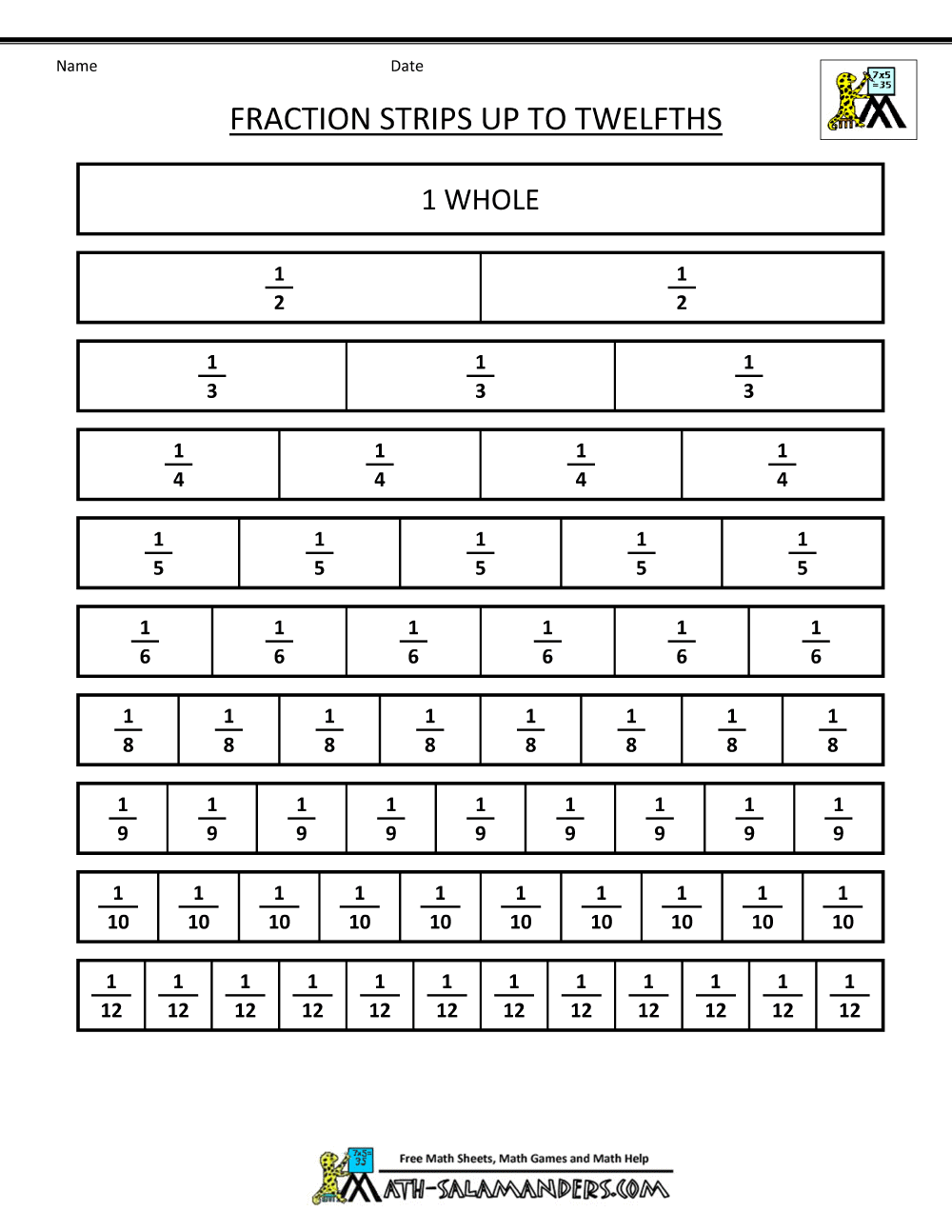
Using a chart is direct: You just look at the chart and get the decimal - fraction conversion immediately.

There are classic charts that provide you a clear snapshot of the equivalence of the most commonly used fractions and their decimal conversions.Īdvantages and disadvantages of using a chart versus the formula for decimals to fraction Step 3: The formula for expressing the given number to a fraction isĪnd possibly, you may want to reduce the fraction on the right to its lowest expression. Step 2: From the previous step, you have the power of 10 you used to "eliminate" the decimals, say that number is \(10^k\), and say that \(N\) is the Would say, so there are no decimals in the number. You multiply \(D\) by a power of 10, so that there are no more digits to the right of the ".", or as some Step 1: Let D a number with decimal digits. The number after "eliminating" the decimals is \(N = 234\) and the power of 10 used is \(10^2 = 100\). Once you do that, you take note of the power of 10 you used to achieve that, because then you will use that to convert the given number to a decimal.įor example, if you had the number 2.34, you need to multiply by 100 to "eliminate" the decimals, so you get \(2.34 \cdot 100 = 234\). The strategy is simple: we need to try to "eliminate" the decimals (the digits on the right of the ".") by multiplying the number by a power of 10. How do you convert a decimal to a fraction? Digits that have only a "0" on the left of the "." are usually written like.


In simple words, decimals are numbers as you know them, this, you have a sequence of digits (numbers between 0 and 9), followed possibly by tenth parts, representedĮxample of digit: For example, 45.34556 and 0.5678 are digits. What is a decimal? A decimal refers to a way of expressing numbers using the number of ten as its base, as well as powers of ten and tenth parts. About this Decimal to Fraction Calculator


 0 kommentar(er)
0 kommentar(er)
